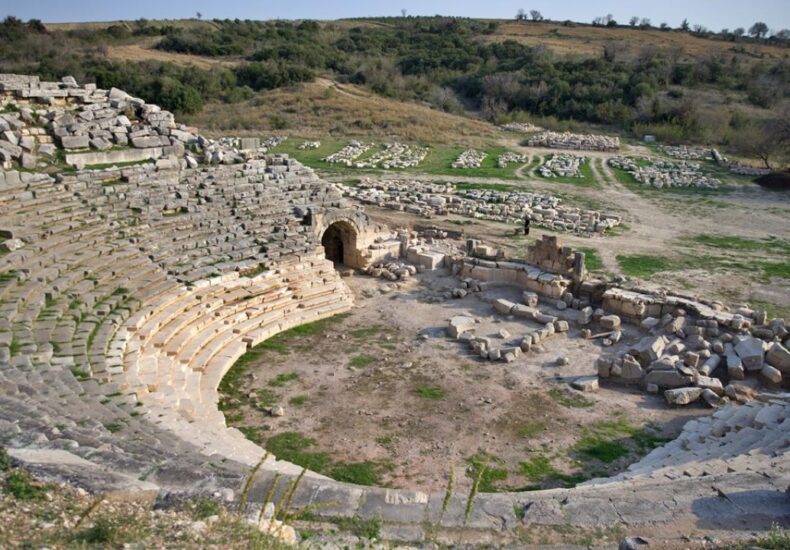
A Rare Find at Kastabala: Philosopher Mask Appears Where It Normally Shouldn’t
In the heart of southern Türkiye, a quiet corner of the ancient city of Kastabala has produced a discovery that breaks with what archaeologists normally expect from Roman stage buildings. A newly uncovered stone mask—depicting an elderly thinker with sharply modelled features—has emerged from the theatre’s façade. And according to the excavation team, philosopher masks simply don’t belong here.
An Unexpected Face on the Stage Building
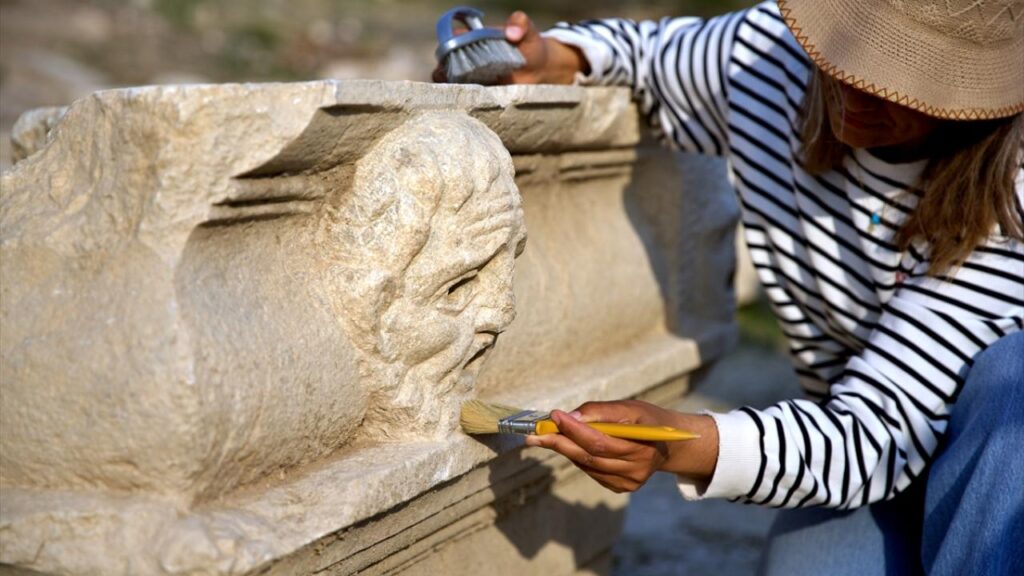
The excavation, led by Assoc. Prof. Dr. Faris Demir of Osmaniye Korkut Ata University and supported by Türkiye’s Ministry of Culture and Tourism, has been focusing on the theatre’s architectural blocks as part of the Geleceğe Miras (Heritage to the Future) project. While relief masks of comic and tragic characters are standard decorative elements on Roman scaenae frons façades, philosopher imagery is considered highly unusual.
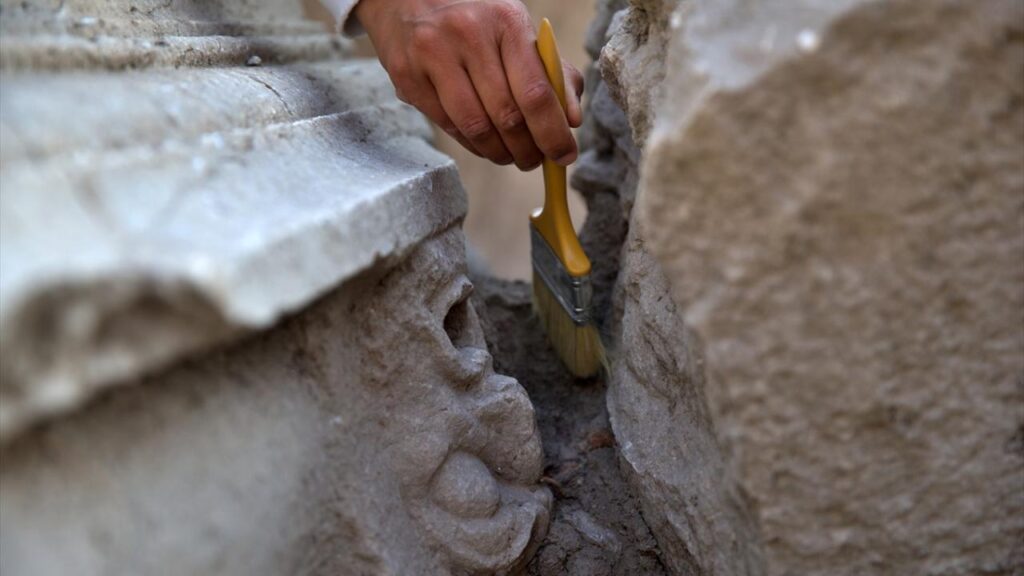
Dr. Demir emphasizes this point clearly:
“Masks on stage buildings rarely depict philosophers,” he notes, underlining how exceptional this find is within Anatolia’s archaeological record.
The presence of such a figure suggests that Kastabala’s theatre may have been used for more than staged drama. It may have also hosted philosophical lectures, literary recitations, or public debates, enriching the city’s cultural life far beyond entertainment.
A Cultural Intersection in Roman Cilicia
Kastabala—often called the “Ephesus of Çukurova”—occupied a key position along the northern edge of the Cilician plain, a region where eastern and western traditions continuously intermingled. The philosopher mask reinforces this hybrid cultural identity, pointing toward a community that valued intellectual expression alongside spectacle.
📣 Our WhatsApp channel is now LIVE! Stay up-to-date with the latest news and updates, just click here to follow us on WhatsApp and never miss a thing!!
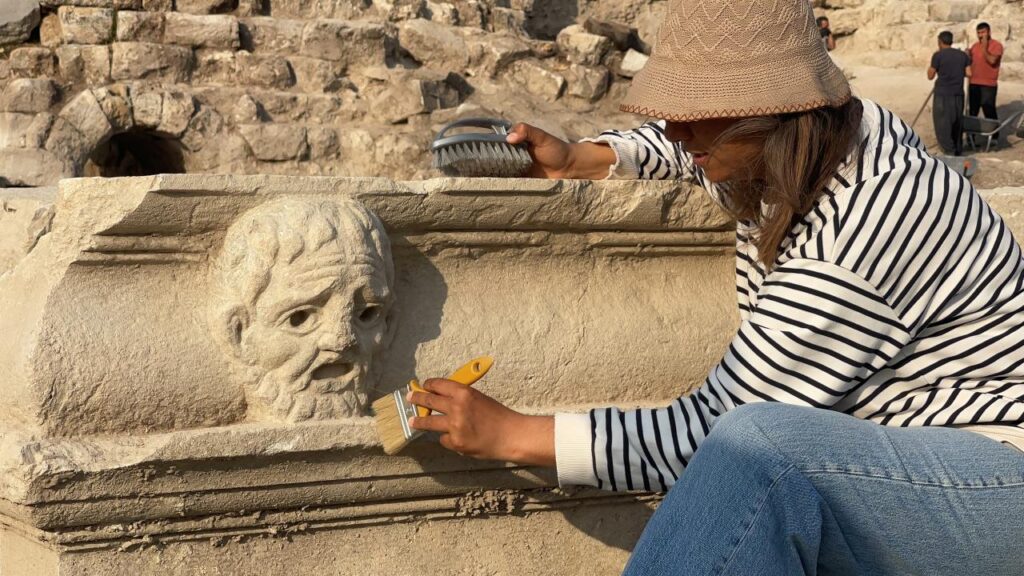
Archaeological evidence from previous years already hinted that Kastabala was more than a provincial settlement. Temples, inscriptions, and the city’s monumental urban layout reflect a civic identity shaped by regional power, trade, and ritual life.
The new discovery adds a fresh dimension: Kastabala as a center of thought.
Reconstructing the Theatre’s Lost Façade
Excavations in the theatre have also brought to light several architectural fragments belonging to the stage building. These pieces—column drums, entablature blocks, and decorative reliefs—provide enough data for a potential future reconstruction.
Dr. Demir notes that the structure’s scaenae frons could be partially re-erected, allowing visitors to understand how ancient spectators once experienced the space.
Earlier seasons uncovered masks representing tragedy and comedy, typical of Roman theatres. The philosopher mask now stands among them not as a repetition, but as a signal of Kastabala’s distinctive cultural character.
A Site Drawing Growing Scientific Attention
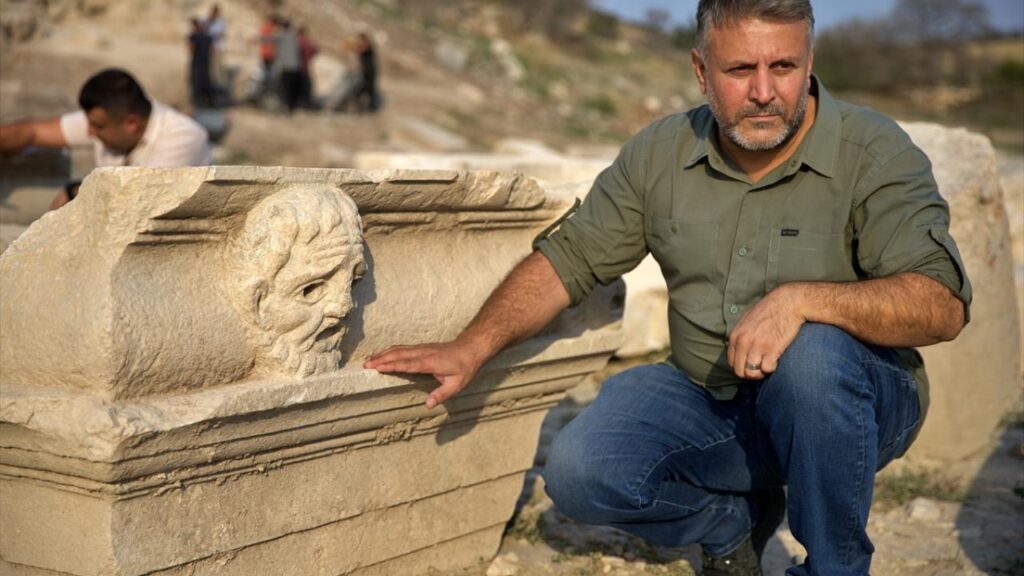
The Kastabala project has increasingly become one of Türkiye’s notable archaeological excavations, attracting public and academic interest. Each new season brings a clearer picture of the city’s complexity and its layered past.
This year’s discovery is likely to draw further scholarly attention precisely because it challenges established expectations about Roman theatre iconography.
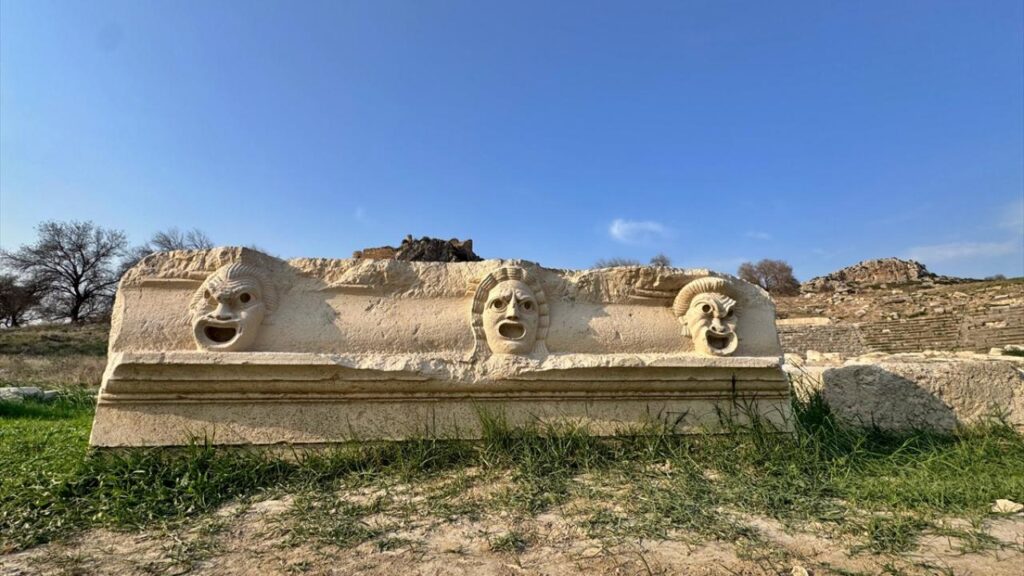
Kastabala, once a crossroads of gods, traders, and soldiers, now reveals itself as a place where ideas also mattered.
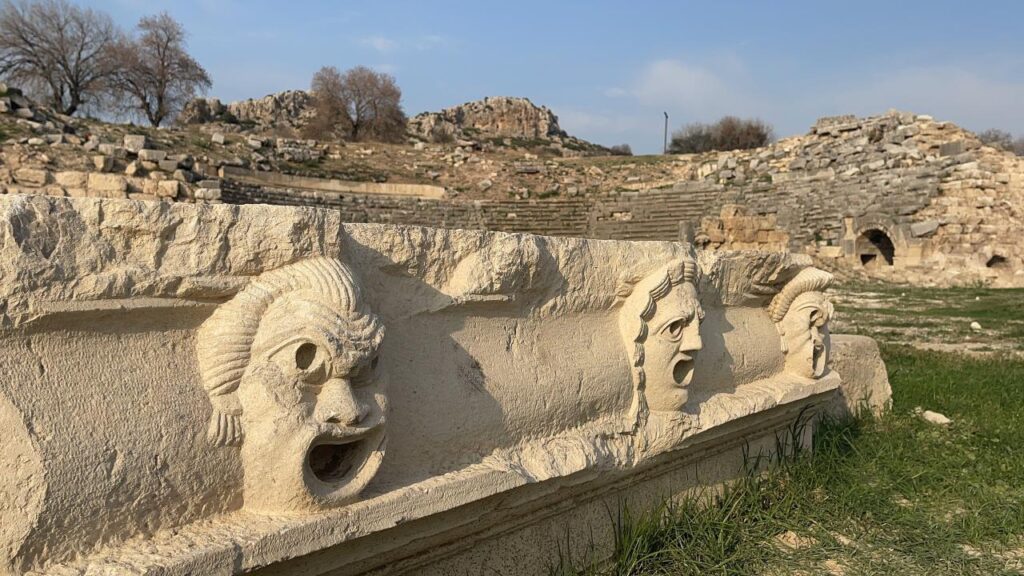
Cover Image: General view of the Roman theatre at Kastabala, where the newly uncovered masks were found during the latest excavation season. Credit: AA/IHA
You may also like
- A 1700-year-old statue of Pan unearthed during the excavations at Polyeuktos in İstanbul
- The granary was found in the ancient city of Sebaste, founded by the first Roman emperor Augustus
- Donalar Kale Kapı Rock Tomb or Donalar Rock Tomb
- Theater emerges as works continue in ancient city of Perinthos
- Urartian King Argishti’s bronze shield revealed the name of an unknown country
- The religious center of Lycia, the ancient city of Letoon
- Who were the Luwians?
- A new study brings a fresh perspective on the Anatolian origin of the Indo-European languages
- Perhaps the oldest thermal treatment center in the world, which has been in continuous use for 2000 years -Basilica Therma Roman Bath or King’s Daughter-
- The largest synagogue of the ancient world, located in the ancient city of Sardis, is being restored



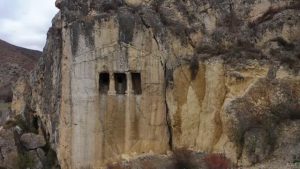

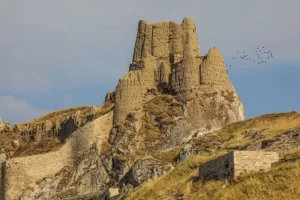
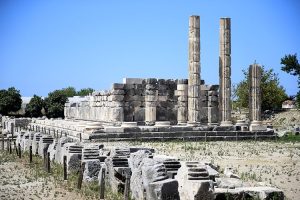



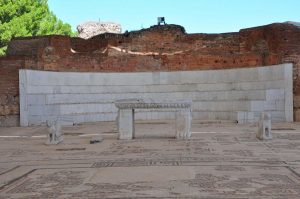
Leave a Reply